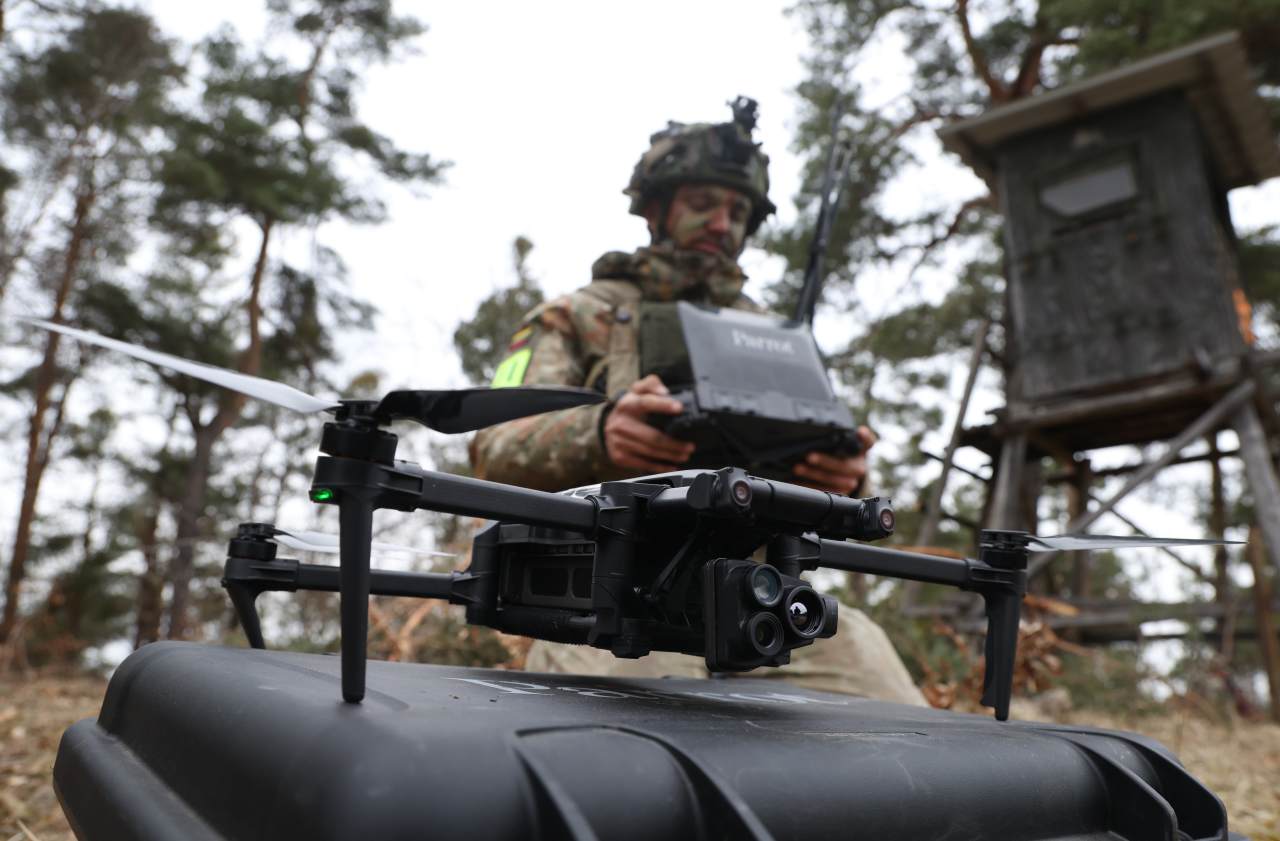
The European Union plans to prompt its member countries to collectively purchase drones and air defense systems as part of a five-year initiative aimed at rebuilding military strength and deterring Russia.
The European Commission, which serves as the EU's executive body, announced on Thursday a plan to reform the union's military planning and purchasing processes, with the goal of preparing the bloc for warfare by the end of the decade.
The 2030 Defense Readiness Plan outlines four key joint defense purchasing initiatives, with a goal to increase the combined procurement of weapons to 40% by the end of 2027, compared to approximately 20% at present.
The European Union claims that when member countries unite, they will be able to purchase more sophisticated weapons more quickly.
The initiative represents the most recent attempt by the European Union to enhance its military strength as tensions with Russia escalate. In the previous month, Russian drones were identified within Poland's air space, and three Russian fighter jets unlawfully entered Estonian airspace, along with additional reports of such incidents.
The document states, 'A militarized Russia presents a continuous danger to European security in the near term.'
The EU's foreign affairs representative, Kaja Kallas, stated during a press briefing in Brussels on Thursday that Russia currently lacks the ability to initiate an attack on the EU, although it might be prepared in the coming years. She mentioned that even if the conflict in Ukraine concludes, "the threat will not vanish."
According to the plan, the EU will encourage its member nations to establish optional alliances, which will determine the military hardware they wish to purchase collectively. Each alliance will be guided by one or two EU countries.
To tackle the most critical capability shortfalls, the EU's executive branch has introduced four initiatives, while noting that member nations may propose further ones.
These high-priority projects involve the European Drone Defense Initiative, designed to help EU nations more effectively identify and stop enemy drones entering their airspace, through shared purchase of radars, acoustic stations, anti-drone systems, machine guns, and inexpensive anti-drone rockets, along with other tools.
The roadmap stated that EU nations located on the eastern edge of the bloc are most directly threatened by airspace breaches from Russia and Belarus, although any EU country could still be at risk.
A second initiative, known as the Eastern Flank Watch, will concentrate on combining air defense and anti-drone technologies with a range of ground-based defense systems, including anti-tank weaponry, as well as maritime security in the Baltic and Black Seas.
Within the European Air Shield initiative, member states of the EU plan to establish a comprehensive air defense network.
The fourth initiative, known as the Defence Space Shield, seeks to acquire technology that will enhance the protection of the EU's satellites.
The alliances are expected to be established by the beginning of next year, with initiatives starting in the first half of 2026, as outlined in the schedule. Agreements with defense firms should be finalized by the end of 2028, with military hardware arriving by 2030.
To back this military expansion, the EU introduced a loan initiative in March aimed at enhancing collective defense purchases, valued at 150 billion euros ($174.73 billion).
Stocks of European defense companies increased during afternoon trading in Europe, after the release of the roadmap.
The Italian shipbuilding company Fincantieri, known for constructing warships and sophisticated underwater warfare systems, saw a 2% increase. Meanwhile, Italy's aerospace and defense firm Leonardo and the French company Dassault Aviation, which produces the Rafale fighter jets, both experienced a 1.6% rise. Rheinmetall, Germany's leading arms manufacturer, also increased by 1.3%.
Write to Cristina Gallardo atcristina.gallardo@wsj.com